Botany IAS Mains Question Paper 2021:
There are Eight questions divided into Two Sections. Candidate has to attempt Five questions in all. Questions no. 1 and 5 are compulsory and out of the remaining, any Three are to be attempted choosing at least One question from each section.
| Botany IAS Mains Question Paper- I: |
Section- A:
1:- Answer the following in about 150 words each: (10 x 5 = 50)
(a) Describe the structure and function of cyphellae and cephalodia in lichens.
(b) What are prions? How are these different from viroids? How are prions transmitted?
(c) Explain the structure of sporangiophore and dehiscence of sporangium of Rhizopus.
(d) Enumerate the merits and demerits of numerical taxonomy.
(e) Briefly discuss the distribution of gymnosperms in India.
2:- (a) Explain conjugation and transformation in bacteria. Write a brief note on their significance. (20)
(b) Explain evolution of sex in algae with suitable examples. (20)
(c) Describe the concept of progymnosperms with the help of suitable examples. (10)
3:- (a) Discuss about the names of causal organisms, symptoms, disease cycle and management of loose smut of wheat. What are the differences between rust and smut fungi? (20)
(b) Enumerate the salient features of fossil gymnosperms using suitable examples with special reference to Bennettitales and Cordaitales. (20)
(c) Give the general characteristics of bryophytes. Enlist the resemblances and differences of bryophytes with pteridophytes. (10)
4:- (a) Explain with the help of schematic diagrams haplontic, diplontic, isomorphic, heteromorphic and triphasic types of life cycles in algae. Give an example of each type. (20)
(b) Describe stelar diversity in vascular cryptogams along with its evolutionary importance. (20)
(c) Discuss the applications of microbes in bioremediation of soil and water. (10)
Section- B:
5:- Answer the following in about 150 words each: (10 x 5 = 50)
(a) Enumerate different kinds of trichomes and explain their taxonomic importance.
(b) Discuss the advanced features of Asteraceae and Orchidaceae.
(c) Explain the importance of ethnobotany in human welfare.
(d) Mention the evolutionary changes that occur during the domestication of plants. Also mention its advantages and disadvantages.
(e) Discuss the concept of cellular totipotency in higher plants.
6:- (a) Describe the development of female gametophyte in angiosperms with the help of suitable illustrations. (20)
(b) Give the botanical name, part used and ethnomedicinal importance of any three species each of Fabaceae, Euphorbiaceae and Liliaceae. (20)
(c) Define secondary metabolites. Explain their importance in taxonomy. (10)
7:- (a) Describe the economic botany of fibre and gum yielding plants (five species each). (20)
(b) Discuss the factors affecting somatic embryogenesis. (20)
(c) Describe the method of isolation of protoplast from leaf tissue. (10)
8:- (a) Compare and contrast ‘preservation’ and ‘conservation’ of plants. Explain the importance of both in the utilization and management of plant resources. (20)
(b) Describe different stages of micropropagation and discuss its advantages over conventional methods of propagation. (20)
(c) Explain the technique used in producing androgenic haploids and its applications in agriculture. (10)
| Botany IAS Mains Question Paper- II: |
Section- A:
1:- Write short notes on the following: (10 x 5 = 50)
(a) Cell adhesion molecules.
(b) Ribosomal RNA processing in nucleolus.
(c) Genetic consequences of Inversion.
(d) Gene silencing.
(e) Use of apomixis in plant breeding.
2:- (a) Describe types and composition of chromatin. How is DNA packaged in a eukaryotic cell? (10 + 10 = 20)
(b) Explain coupling and repulsion hypothesis in linkage. Give a brief account of procedure used in preparing a chromosome map with the help of three-point test cross. (5 + 10 = 15)
(c) What do you understand by standard deviation and coefficient of variation? Discuss their significance. (10 + 5 = 15)
3:- (a) Describe properties of genetic code and briefly explain Wobble hypothesis. (15 + 5 = 20)
(b) What are the characteristic features of Cytoplasmic inheritance? Describe the role of chloroplast and mitochondrial genes in this inheritance. (7 + 8 = 15)
(c) Discuss the biosafety concerns of transgenic plants. (15)
4:- (a) Describe various methods of gene transfer in plants. (20)
(b) Give an account of Operon model for regulation of gene activity. (15)
(c) Explain the process of Cell signalling highlighting the role of various signalling molecules. (15)
Section- B:
5:- Write short notes on the following: (10 x 5 = 50)
(a) Alkaloids and their significance.
(b) Role of growth substances in agri-horticulture.
(c) Plant indicators.
(d) Invasive species and their characteristics.
(e) IUCN Red List Categories.
6:- (a) Describe C4 cycle of photosynthesis and differentiate amongst C3, C4 and CAM plants. (10 + 10 = 20)
(b) Define Vernalization. Discuss its mechanism and importance. (5 + 10 = 15)
(c) What is biological nitrogen fixation? Describe root nodule formation and role of nitrogenase complex in fixing of nitrogen. (5 + 5 + 5 = 15)
7:- (a) What is unique of Indian plant biodiversity? Discuss briefly the threats and various conservation strategies.
(b) What is social forestry? Explain its types and benefits.
(c) Give a brief account of ecological pyramids. Describe ecological factors and their significance in plants.
8:- (a) What are the different types and causes of seed dormancy? Describe various methods used to overcome it. Is it an ecological adaptation? Explain. (10 + 5 + 5 = 20)
(b) Describe the concept of sustainable development highlighting its objectives and importance. (15)
(c) Describe in detail the endemism highlighting its categories, causes of endemism and conservation priorities. (15)
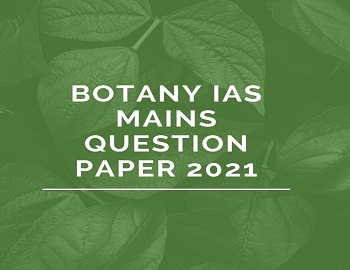
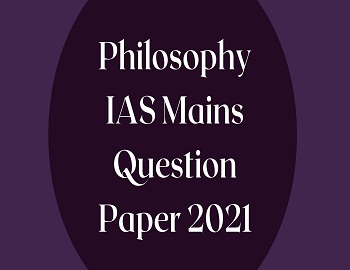

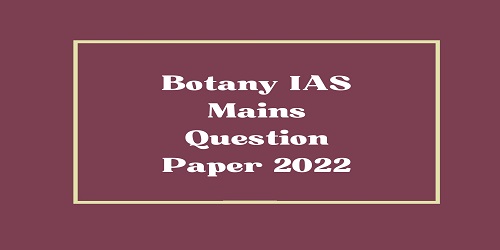

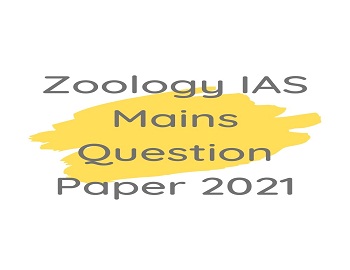
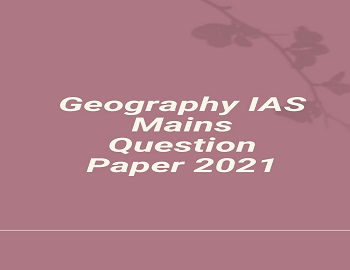
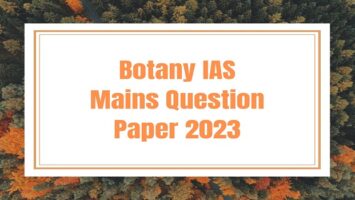
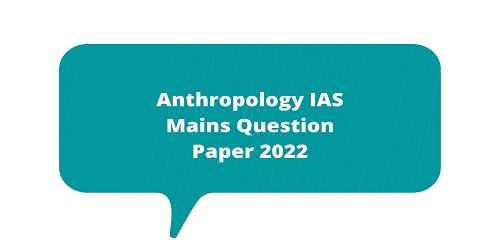
Comments (No)